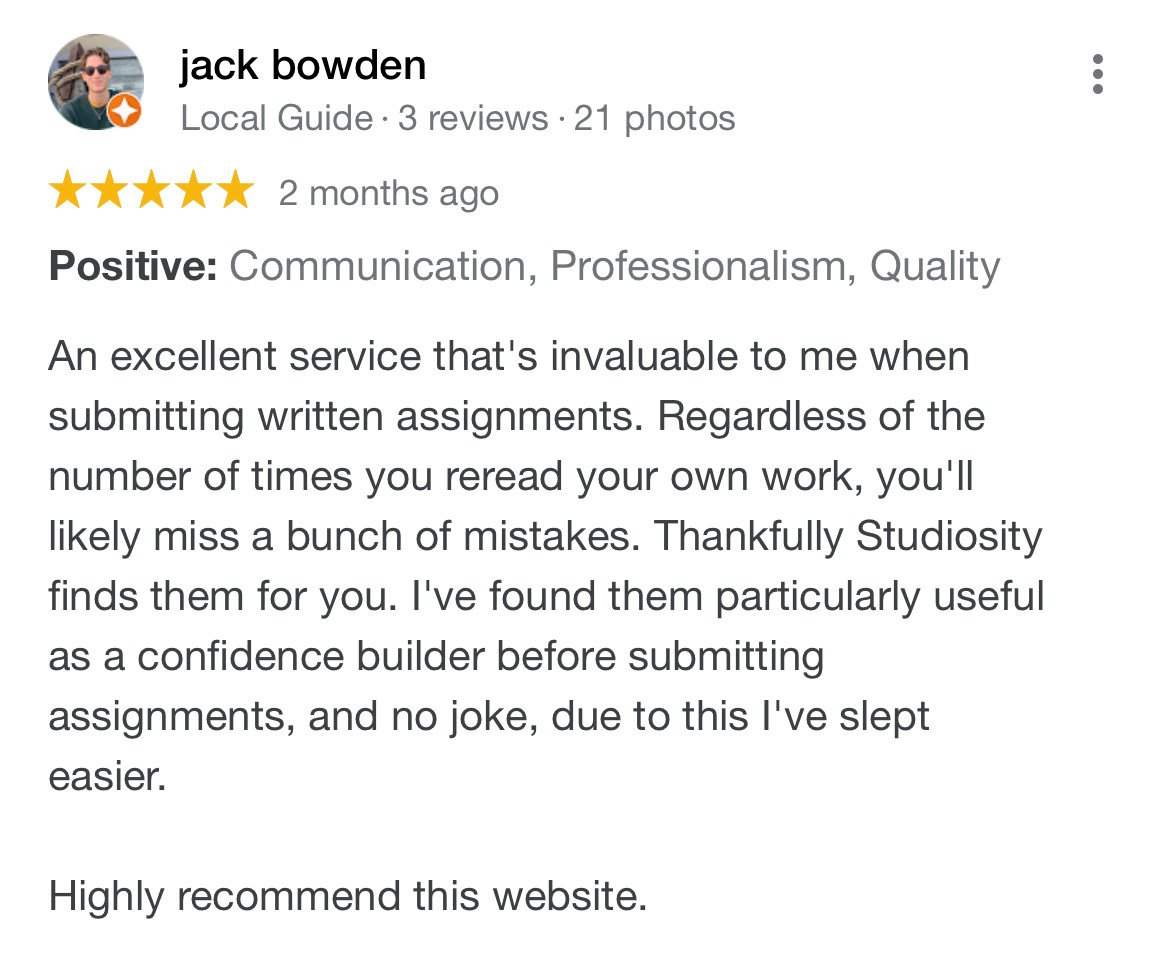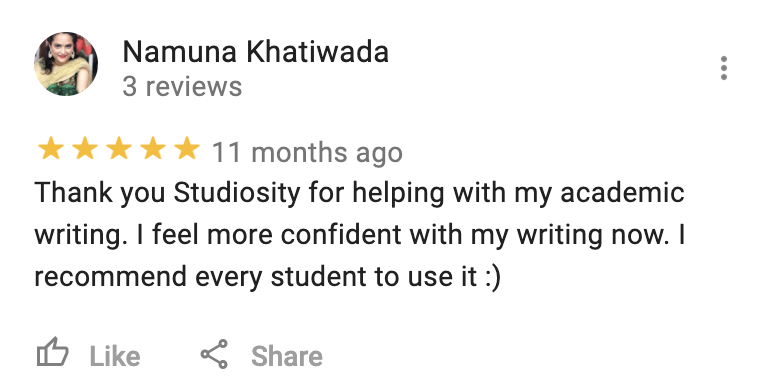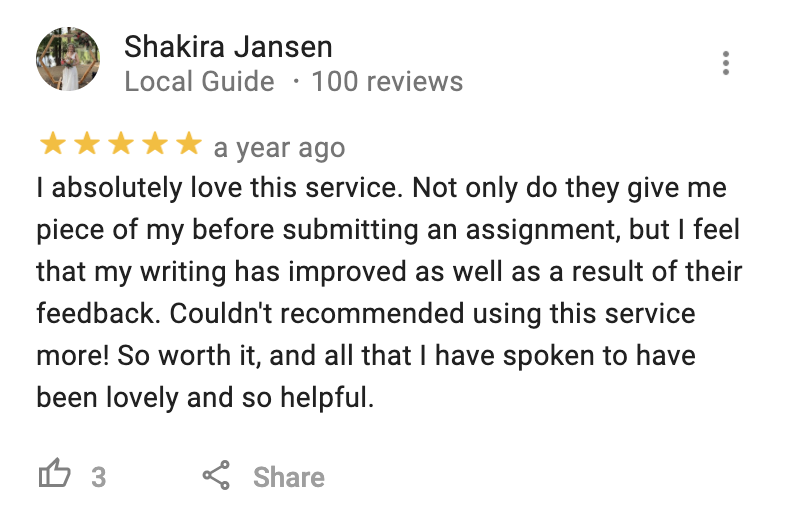You may have heard of the acronym PEEL for essays, but what exactly does it mean? And how can it help you? We’re here to explain it all, plus give you some tips on how to nail your next essay.
There’s certainly an art to writing essays. If you haven’t written one for a while, or if you would like to hone your academic writing skills, the PEEL paragraph method is an easy way to get your point across in a clear and concise way, that is easily digestible to the reader.
So, what exactly is PEEL ?

The PEEL paragraph method is a technique used in writing to help structure paragraphs in a way that presents a single clear and focused argument, which links back to the essay topic or thesis statement.
It’s good practice to dedicate each paragraph to one aspect of your argument, and the PEEL structure simplifies this for you.
It allows you to create a paragraph that is easy and accessible for others to understand. Remember, when you’re writing something, it’s not just you who is reading it - you need to consider the reader and how they are going to be digesting this new information.
What does PEEL stand for?
P = Point: start your paragraph with a clear topic sentence that establishes what your paragraph is going to be about. Your point should support your essay argument or thesis statement.
E = Evidence/Example: here you should use a piece of evidence or an example that helps to reaffirm your initial point and develop the argument.
E = Explain: next you need to explain exactly how your evidence/example supports your point, giving further information to ensure that your reader understands its relevance.
L = Link: to finish the paragraph off, you need to link the point you’ve just made back to your essay question, topic, or thesis.
Download a free PEEL paragraph planner below. 👇
Studiosity English specialist Ellen, says says students often underestimate the importance of a well-structured paragraph.
“The PEEL method not only helps you lay out your argument in a clear and logical way, but it also helps to ensure those arguments are strong ones by keeping your paragraph focused and ensuring that you are linking each point to concrete examples and the overall topic under discussion.”PEEL in practice
Here’s an example of what you might include in a PEEL structured paragraph:
Topic: Should infants be given iPads?
Thesis/argument: Infants should not be given iPads.
Point: Infants should not be given iPads, because studies show children under two can face developmental delays if they are exposed to too much screen time.
Evidence/Example: A recent paediatric study showed that infants who are exposed to too much screen time may experience delays in speech development.
Explanation: The reason infants are facing these delays is because screen time is replacing other key developmental activities.
Link: The evidence suggests that infants who have a lot of screen time experience negative consequences in their speech development, and therefore they should not be exposed to iPads at such a young age.
Once you’ve written your PEEL paragraph, do a checklist to ensure you have covered off all four elements of the PEEL structure. Your point should be a clear introduction to the argument you are making in this paragraph; your example or evidence should be strong and relevant (ask yourself, have you chosen the best example?); your explanation should be demonstrate why your evidence is important and how it conveys meaning; and your link should summarise the point you’ve just made and link back to the broader essay argument or topic.

Keep your paragraphs clear, focused, and not too long. If you find your paragraphs are getting lengthy, take a look at how you could split them into multiple paragraphs, and ensure you’re creating a new paragraph for each new idea you introduce to the essay.
Finally, it’s important to always proofread your paragraph. Read it once, twice, and then read it again. Check your paragraph for spelling, grammar, language and sentence flow. A good way to do this is to read it aloud to yourself, and if it sounds clunky or unclear, consider rewriting it.
That’s it! We hope this helps explain the PEEL method and how it can help you with your next essay. 😊
You might also like:
Proofreading vs editing: what's the difference?
How to get easy marks in an exam
5 study hacks that actually work







